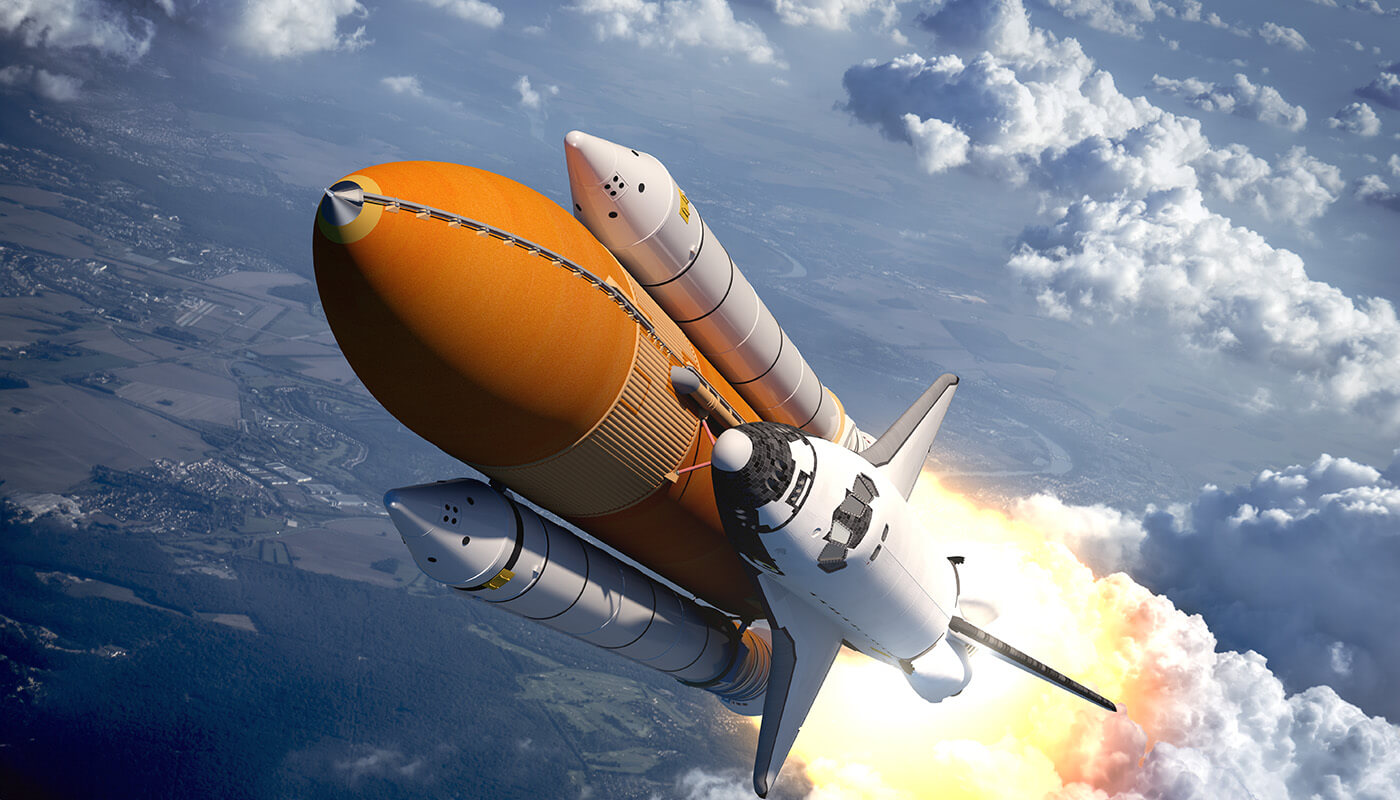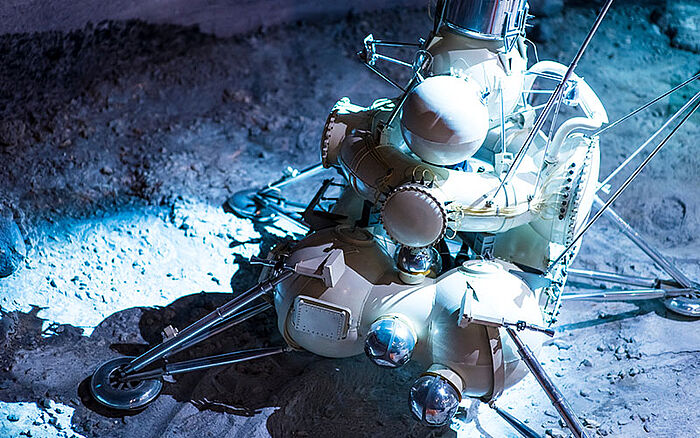
Into the final frontier: IP trends in space exploration
It has taken a long time to realize humanity's dreams of space exploration, but now that the skies seem closer than ever, there is little to stop the creativity, innovation and hunger for knowledge that propel this intrepid industry.
That does not, however, mean the final frontier is empty of obstacles. Aside from steep financial demands and pressing safety concerns, inventors must also grapple with a patent landscape lacking the historical context that scaffolds other areas of Intellectual Property (IP). Of course, the prospect of facing barriers is woven into the very fabric of space exploration, and so this tentativeness has not halted progress. Quite the opposite: Patent application data tells a clear story of determination and focus in this field.
To understand the gathering momentum in the space sector, we asked IP experts earlier this year to share their insights on trends, priorities and challenges.
Diverse interests in an infinite space
The space economy is expected to be worth $1.4 trillion USD by 2030, roughly a threefold increase from $469 billion USD in 2021. Although it is easy to conclude that this fast financial progression is the result of big-name investments from entrepreneurs such as Elon Musk, Jeff Bezos and Richard Branson, the motive force is not so simple.
Per Dennemeyer's research, the top patent holders across various space sectors include companies of all kinds:
- Technology: Apple Inc., Google Inc. and IBM
- Aerospace and Defense: Boeing and Airbus Defence and Space SAS
- Insurance: State Farm Mutual Automobile Insurance Co.
The implication is that the vast possibilities of space exploration are not confined to any one type of innovation or purpose. This, in turn, suggests that the patent landscape will need to be just as varied. This versatility is necessary not just to protect inventions with unique capabilities as demanded by extreme space conditions but also because IP law must exist in concert with regulatory requirements across governments and industries (particularly data and defense).
Innovating out of bounds
Perhaps the biggest trial in this area is the question of location. The Outer Space Treaty establishes that the "exploration and use of outer space [...] shall be carried out for the benefit and in the interests of all countries, irrespective of their degree of economic or scientific development, and shall be the province of all mankind." As such, the territorial limitations of traditional patent law fall somewhat short. IP adaptation will need to move quickly to prevent gaps in legal protection or the stalling of potentially crucial advances.

The diversity of companies innovating toward the stars is growing, with "traditional" players in the aerospace and defense sectors being joined by businesses broadly seen as servicing the general consumer. Here, the only true ceiling is budgetary.
Of course, this is no easy feat, particularly since many outside factors, such as cultural aspirations, environmental concerns, scientific discoveries and technological advancements, fuel the space exploration industry. Illustrating this complex interplay, Dennemeyer data shows that satellite-related patent applications have generally trended upward, with some trailing off in recent years, peaking at 70,613 in 2016. Meanwhile, the focus on rockets, though much less prolific, did not show the same dip, achieving a high of over 4,000 in 2020. Patents for habitation technologies, however, have been comparatively low and highly variable, topping out at just 56 in 2017. For now, it would seem the industry's orbital gaze is primarily directed back toward the Earth.
The difference between "space-focused" and "Earth-focused" inventions reflects how agile IP regulations must become to serve the industry effectively. The former enable further space exploration, while the latter improve more terrestrial efforts such as climate-change monitoring, communication, insurance and banking. Patents must account for all of this overlap across business interests, essentially bringing the IP framework into its own "new frontier" right alongside humanity.
"… But because they are hard"
It is, therefore, unsurprising that respondents to our IP Trend Monitor study were quick to identify areas of possible difficulty in the space industry. Telecommunications and satellite services were most often expected to present significant challenges, with 31% of experts agreeing; advanced materials and manufacturing came in slightly lower with 28%. Environmental monitoring and climate research came in at 18%, while renewable energy and solar power were chosen by only 13%.

The immense R&D expenditure required for devices to be used in space creates a particularly urgent need to safeguard the inventions involved. This is only compounded by requirements for data- and national security where telecommunication and monitoring equipment is concerned.
On the other hand, there is enthusiasm for the industry's potential as well. Most respondents, including 80% of corporate experts, indicated that satellites would likely have the strongest implications for IP. Patent specialists saw the value in a wider spread of fields, with 63% favoring satellites. The other options, space tourism and commercial rockets, asteroid mining and resource harvesting and lunar / planetary exploration, all found their proponents among patent experts.
Progress in the space sector is just as much about IP evolution as about curiosity, travel and extending humanity's presence – and each enables the other. The story of how we reach out to touch the stars will be written piecemeal in the paragraphs of patents.
IP as the engine of legal exploration
The modification of IP law to account for boundless space is only just beginning. Here are examples of this rethinking in action.
Patent law and the International Space Station
The International Space Station (ISS) is a collaboration between space agencies in the United States, Canada, Russia, Japan and Europe. That alone would be reason enough to take a closer look at the IP backdrop, but because of the station's location, sovereignty issues are on the horizon.
For example, a state retains jurisdiction over objects it sends to space, as per Article 8 of the Outer Space Treaty. However, it is not immediately clear how ownership laws should apply to discoveries and inventions made while aboard a space station. The United States is one of the few countries to have addressed this explicitly. To wit, the U.S. Patent Act states in part that "any invention made, used or sold in outer space on a space object or component thereof under the jurisdiction or control of the United States" shall be treated as though the actions occurred in the country's territory, except where covered by international agreements. Germany has also made spacecraft provisions in its legislation.

The matter of jurisdiction is largely settled in Earth-bound contexts and even has solutions for the orbital activities of national agencies. However, the appearance of private space companies has introduced greater ambiguity into what are scarcely charted legal areas.
This leaves numerous questions, particularly regarding interactions with other countries' laws and the enforcement of such protections. What IP legal oversight is necessary and exercisable in outer space, is a single extraterrestrial jurisdiction a viable solution and which governing bodies should be responsible at a time when international cooperation is at its most strained?
Rivals and bedfellows: when businesses challenge nations
It is no secret that public and private interests are often at odds, and the same is true in space. While some researchers posit that current patent protections put private companies at a disadvantage by forcing them to register their rights across the surface of the Earth to cover the region beyond it, others insist that private-public partnerships foster innovation. Nevertheless, where there is uncertainty, there is risk, and we are inevitably led to the conclusion that IP law must be updated to function satisfactorily beyond the limits of our planet.
The trajectory of IP in space
Although the Earth's orbit and outer space are now more accessible to humanity than ever before, the innovations that have made it possible raise more IP questions than they offer answers. Fortunately, experts like those surveyed in our IP Trend Monitor continue researching, exploring and discussing these topics with an eye toward practical, manageable growth.
While space may be the most novel forum for patent law, it is not the only one worth studying. To learn more, review the other articles in our IP Trend Monitor series or get in touch with one of our expert attorneys.
Filed in

Take a closer look at some of the top pharmaceutical trends and how IP is driving and being driven by these changes.

Learn how nine simple steps can help you overcome the challenges and rein in the costs of international patent filing.



